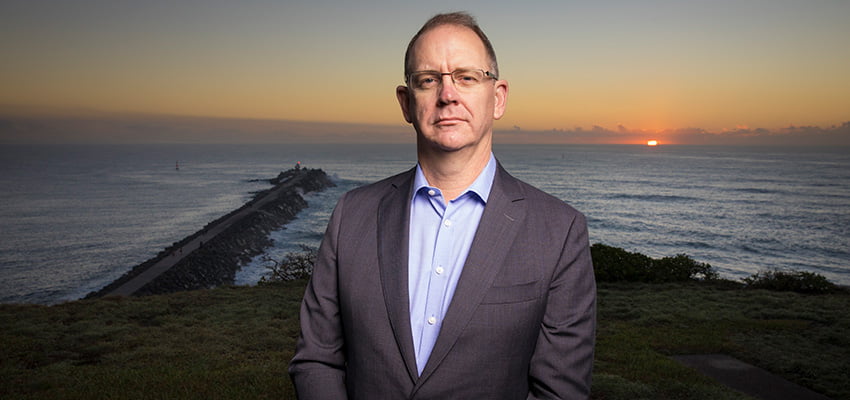IT IS encouraging to see bipartisan recognition of the need for clear education and skills development pathways if we are to manage regional employment shifts.
The Regional Australia Institute report – The Future of Regional Jobs – released this week is a welcome contribution to a topic often bogged down in fear. The report points to the need to align skills development to growth areas, better understand regional centres vulnerable to automation and support community-led responses.
As the report points out, while some jobs may be lost to automation, better technology brings with it new jobs and new ways to do existing jobs. That requires new skills to be cultivated.
Too often there is a lingering fear of automation. Here in the Hunter, we could instead see this as an incredible opportunity to develop and attract the sort of advanced skills needed in a technology-led environment.
The reality is that the Hunter will need a wider and deeper labour pool of those who have STEM-based technical skills as it looks to service two major regional growth opportunities over the next decade. Port of Newcastle is planning a privately-funded, fully-automated and electrified container terminal at an estimated cost of $1.8bn.
Subject to NSW government policy change, the terminal could begin operating in 2023-24. AlphaBeta Economists found that the Hunter and Northern NSW will gain 4600 new jobs by 2050 – these jobs are created right up and down the supply chain.
The region will need computer programmers, freight and logistics analysts, automation electrical and mechanical engineers and programmers, remote controller operators, warehouse and distribution managers, designers, intermodal managers and operators.
The port will need schedulers, surveyors, terminal supervisors and operators, freight and logistics managers and planners. Where will they come from? Where will they be trained?”
The education foundations for a lot of these jobs will be in STEM.
The Port will need some of these people with these skills in five years. That means students in year 12 this year need to be thinking about working for Newcastle Container Terminal now.
The proximity of the port to Williamtown, the home of the Joint Strike Fighter program, means we will be competing for people with these STEM skills in the years ahead.
The skill sets needed for the JSF program are similar to those needed for a fully automated container terminal, intermodal and warehouse / distribution centre.
Rather than seeing other major employers as competition, we should be working together to create the wider and deeper talent pool we will all need.
People with these skills can be sourced from other parts of Australia and overseas, but by working collaboratively now, the Hunter has an opportunity to create its own local employment pathways.This article was first published in The Newcastle Herald

